Wonka Logo is an unusual sweet brand inspired by Roald Dahl’s in 1964 novel Charlie and the Chocolate Factory. It was born to express the magical essence of Willie Wonka’s imaginary candy empire. Launched as a promotion during the 1971 film version of the Quaker Oats Company. This brand attempts to bring fantasy together with reality through a number of unique sweets and makes the true spirit of the picture. It takes place in the United States, promising to amuse and surprise the public with fantastic candies.
Part 1: What is Wonka?
Wonka is a fantastic sweet brand born from the vivid imagination that supports Roald Dahl’s literary world. As a real gateway to the whims and wonders of Willie Wonka’s chocolate factory, it offers a number of candies that reflect the innovation and magic of the fiction partner.
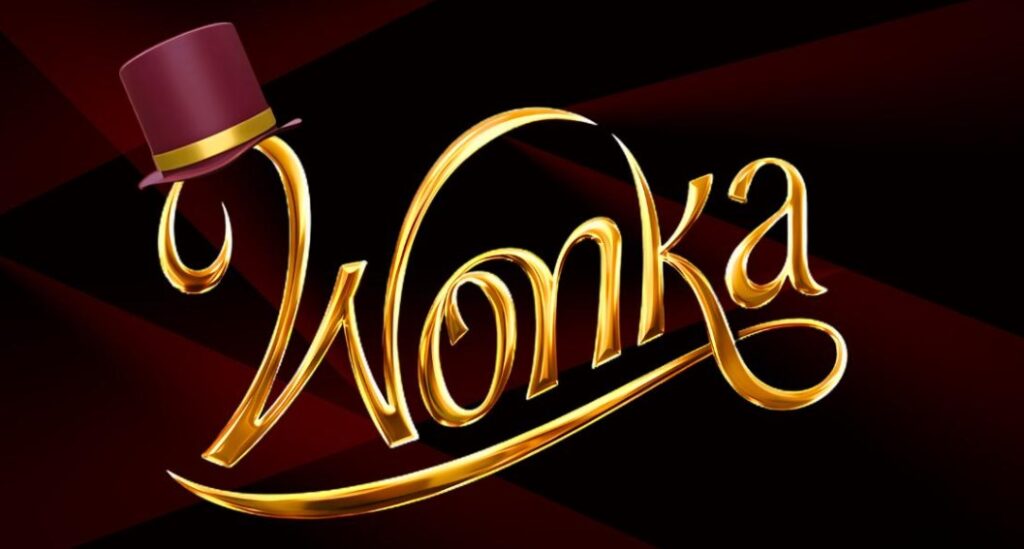
Part 2: Meaning and history of Wonka’s Logo
Willie Wonka’s logo, packaging and marketing style has heavily influenced by Roald Dahl’s classic children’s novel Charlie and the Chocolate Factory and its first film adaptation. The brand appeared at the end of spring 1971, a month before the film’s release. The bar discontinued in 2010 due to poor sales. This is one of the cute logos for your brand.
1971 – 1981
The original Wonka logo unveiled in 1971, in a black and white composition, with a white portrait of Willie Wonka on the left, the letter “Willy” depicting the arch and making the circle, and the character logo of “Wonka” The wings of “W” depicts the arch on the side. The badge used by the brand until the mid-1990s, despite being accompanied by two other logos.
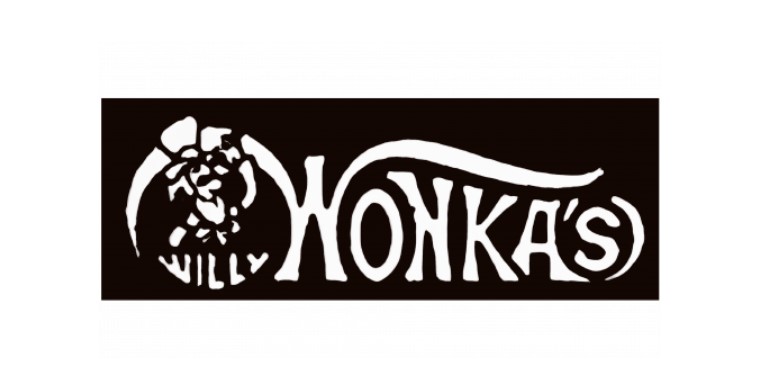
1980 – 1982
In 1980, a warm chocolate and beige logo were added. The portrait of Willie Wonka, who greets her while touching her hat, was enclosed in a circular frame and underlined by the arched capital letters of the rounded sans-serif typeface.
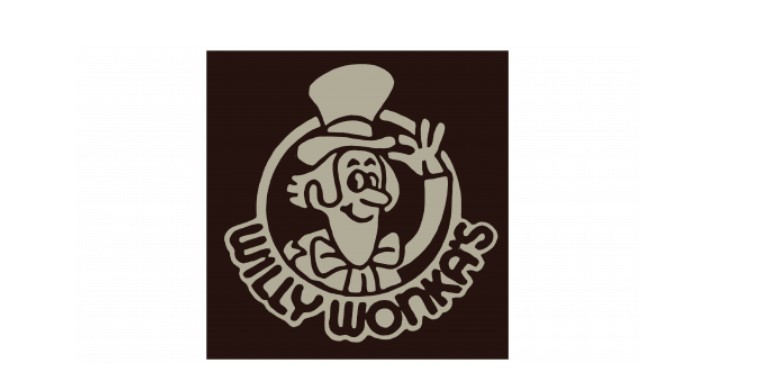
1981 – 1993
A playful and whimsical design with the motif of the fictional character Willie Wonka. The background triangle is an image of candy wrapping paper, and the blue color makes you feel friendly. She wears Willie Wonka’s iconic hat and bow tie with a cheerful look. Willy Wonka’s “typeface is fun and bubbly, hinting at the magic and fantasy elements of the brand’s identity.
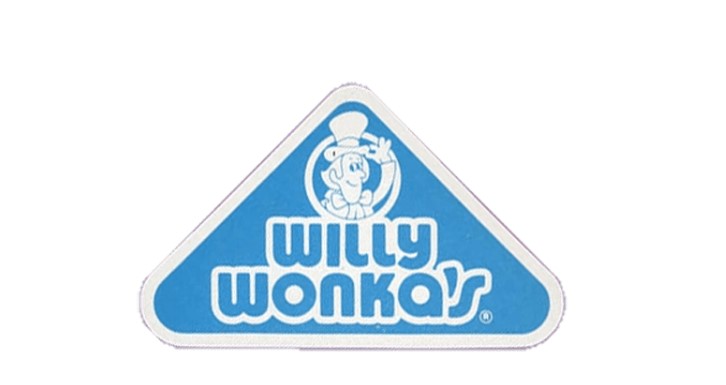
1993 – 1996
This version adds a playful essence with a simple black and white design. Willie Wonka’s image drawn with a dynamic stroke, creating a hand-drawn atmosphere. Willy Wonka’s fonts are whimsical and inconsistent, contributing to the unique appeal of the logo and highlighting the brand’s imagination.
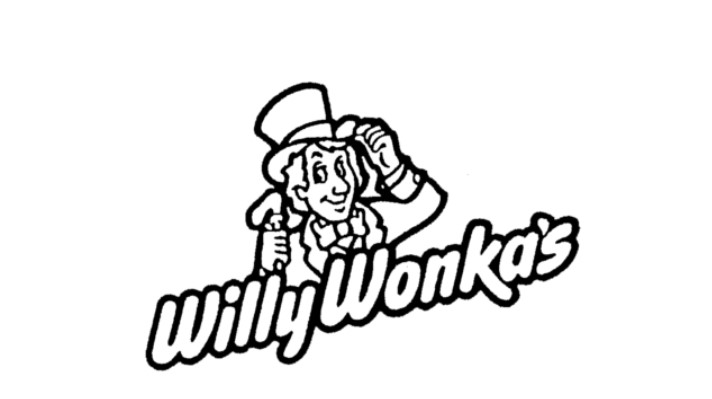
1996 – 1999
The original package is “Wonka” with the initial letter “W” wearing a magician’s hat. The character of Wonka is white and the hat is golden. In addition, there was a golden letter “bar” below it. Both characters use similar typography. Each glyph seemed unique. The artistic curves of W, “K,” “A,” and “R” added a unique mechanic touch.
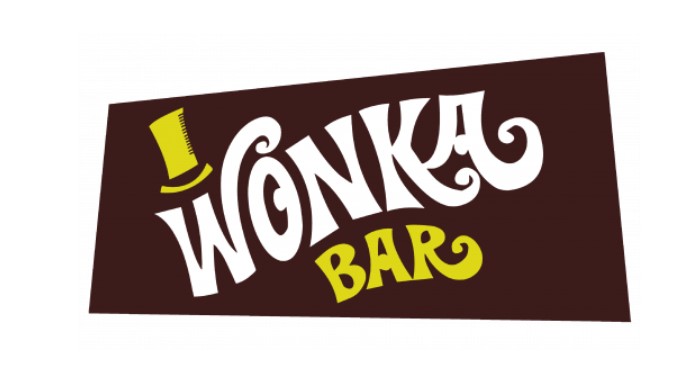
1996 – 2008
In 1988, Sunmark Corporation, which owned the brand, sold it to Nestlé. Wonka slowly started to emerge as a whole product of multiple types of candies and chocolates that are sweets, nards, and raffy taffees, among others, sold in over 15 countries worldwide. Nestlé developed another version of the bar package.
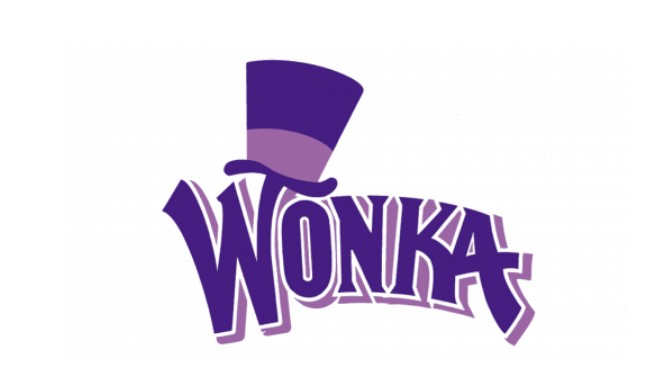
2008 – 2015
This logo changes into a whimsical direction in which characters dance in purple and white streams reminiscent of candy swirls. It avoids the firmness of previous 3D effects, chooses a more fluid and organic feel, and expresses curls and glamour that suggest fantastic and playful brands. Purple, reminiscent of royalty and mystical, exudes a bright, friendly and attractive atmosphere here.
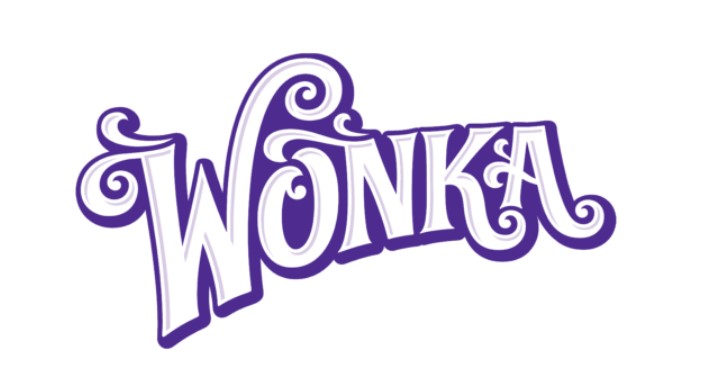
2015 – 2018
This design sets it apart from the character-centered logo, selecting a bold and colorful “candy shop” typeface and giving it a three-dimensional candy-like look with highlights and shadow swirling candy style. The Nestle brand is casually included and indicates ownership of the company. Font selection and styling reflect the fun and sweetness of young people.
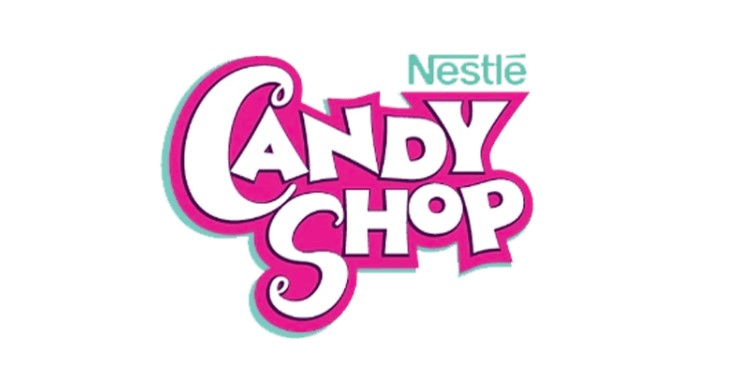
2023 – Today
The latest logo is minimal and modern. The word mark of “Wonka” is drawn in a playful, curved typeface reminiscent of creativity and whims. Purple adds luxurious and mystery feeling that is relate with the name Wonka while the swirling logo fonts of letters illustrate the magical and playful of the Wonka brand. This is one of the colorful logos which raised the identity of your brand.
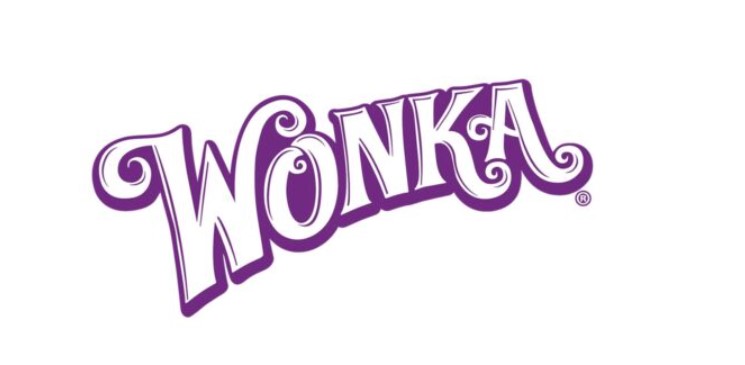
Part 3: Wonka Logo Design Elements
The Wonka logo is one of the iconic logos which associate with consumer’s mind from all sides. However, let us briefly recall these design choices and understand how they fit before we get to specific branding details.
Fonts and typography
The font used for the Wonka logo is probably the biggest design attraction. What the ‘production’ does have is childish and playful characters, the mysterious Willie Wonka and purposefully playful typography. The playful and exaggerated typography used in all designs also has the advantage of showing the brand more and more over time.
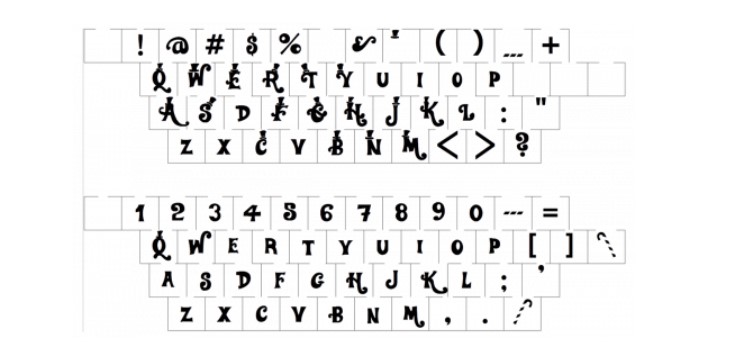
Color palette
The color of purple and gold used by Nestlé has one or more fundamental functions. Purple means luxury or magic, gold is reminiscent of warmth and happiness. These colors attract consumers and reflect the main trend of Wonka’s story: indulgence and surprise.
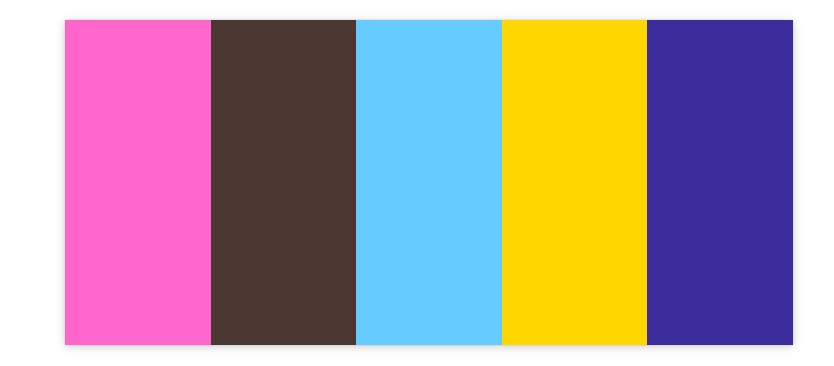
Original “W”
One element that is easily noticed by the current logo is the beautifully designed character “W” at the beginning of “Wonka.” This W appears to create movement and magic by adding a ribbon-like “whirlpool” to the design. People around the world know this symbol even if they are not familiar with the entire company name.
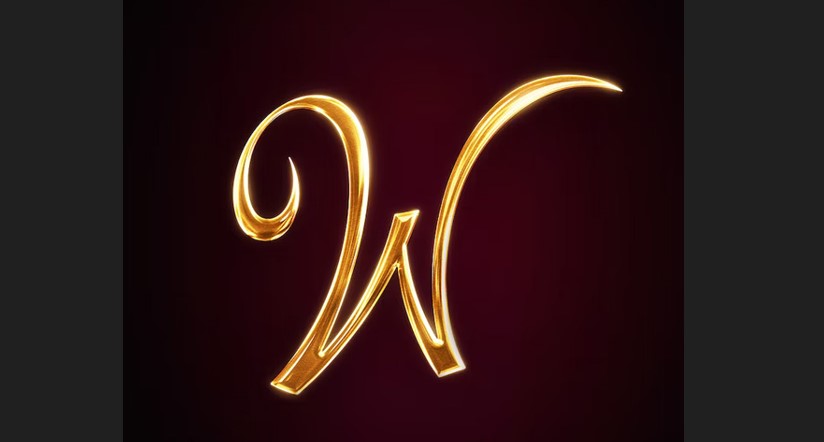
Part 4: Analysis of the cultural significance of Wonka’s name and logo
The characters and colors of the Wonka logo have permeated not only the candy office, but also the mainstream culture, design, and the film and sweets industries. This logo symbolizes the product, as well as the infinite possibilities of imagination and the joy of a sweet life.
Connection between magic and fantasy
For many people, the Wonka logo represents fun and the feeling of enjoying the mysterious world. The brand extends to goods, toys, and clothing related to those raised in the stories of Rhondda, Barry and Willie Wonka Factor.
Appeal to visitors by age
The popularity of the Wonka logo can only be explained by the perfect branding. People in their 30s or younger may not know TV shows, movies or books, but recognize the logo depicted on the candy and look forward to it. The versatility of this logo is sewn into the suitability and workability of the main and extensive indicators of magic and fascination.
Part 5: Influence of Wonka logo on other brand designers
The Wonka logo influenced similar brand logos that try to make you feel magic, fun and nostalgia. This can be seen in brands for children, as well as in brands that appeal to baby boomers and those who want to recover a little bit of their childhood.
Logs based on whim and fantasy
It should be noted that children’s brands and adult brands that want a franchise for tooth stuffing have many allegorical features of the Wonka logo. Even if copyrighted, the rounded fonts, playful colors and magical motifs that characterize Wonka’s design have shifted to a branding norm that tries to provoke childhood senses.
Nostalgic Marketing Approach to Adults
Wonka Brand explains how effective nostalgic marketing is. Therefore, by linking some of the logos to the first movies and books, it attracts the attention of older generations who wish to reproduce the magic of the chocolate factory.
Wonka logo and brand expectations
With decades of Wonka-branded legacy, consumers are confident that the Wonka logo will continue to give them indulgence, magic and childhood. The logo promises to excite consumers for years, from candy to branding to DtoC media.
Part 5: How Arvin AI Enhances Branding with Customizable Logos?
Any business, if it is online or offline, requires proper branding, and a logo at the very best of that. A logo is much more than a design, it is the face of a brand that seems to depict its value, mission, and personality. Tools like Arvin AI is indeed helpful for this purpose. Arvin AI provides businesses with user-friendly resources that allow existing logos to be analyzed, designed, and confirmed to fit perfectly with their brand’s identity and goals.
Key Features of Arvin AI
- Logo Suggestions: Arvin AI analyzes your existing logo and gives you actionable recommendations to enhance it.
- Design Trend: Keep up to date with the latest design trends so that your logo stays fresh and relevant.
- Customized template: Design unique logos with a highly developed template, together with useful tools for designing.
- Logo optimization: A logo will promote consistency for the brand across most media and forms of communication.
- Personalization: Have logo design based on your kind of industry through AI.
- Scalability for Formats: Arvin AI has all the tools to prepare your logo for any use.
Steps to Use Arvin AI for making Logo
Step 1: Go to the Arvin AI Website
Open your browser and go to Arvin AI logo maker to start designing a unique, transparent company logo.
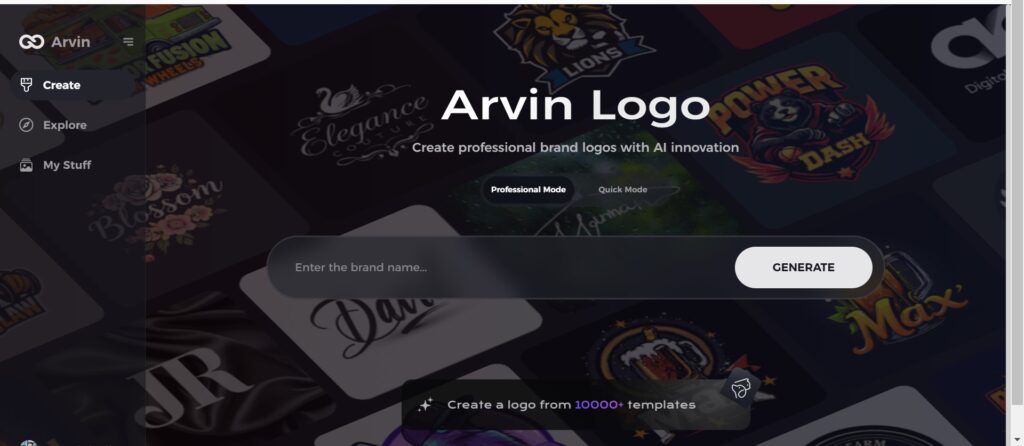
Step 2: Enter Your Company Details
Provide your company’s name and select its category. Request a transparent logo to let the AI generate designs tailored to your specific needs and business representation.
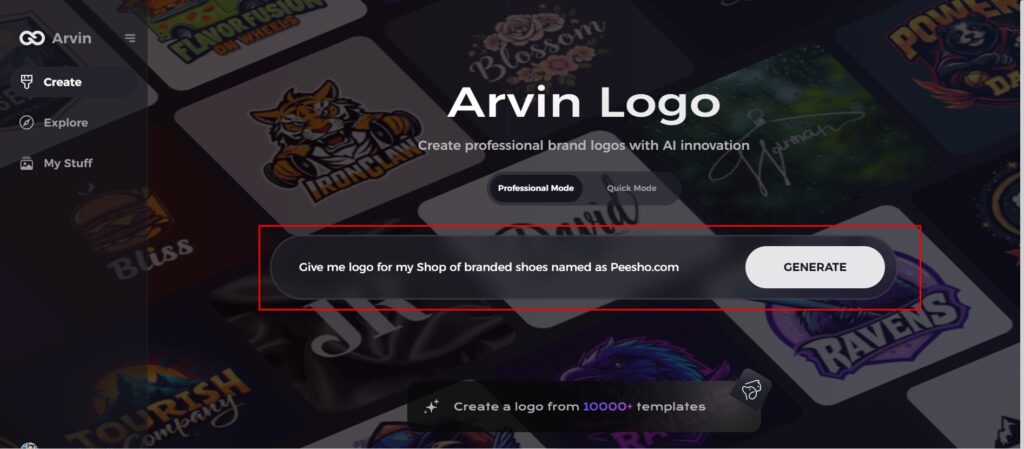
Step 3: Choose Your Industry
Select the industry that you do business in. This selects the AI to create logotypes that fit your brands values and market niche as well.
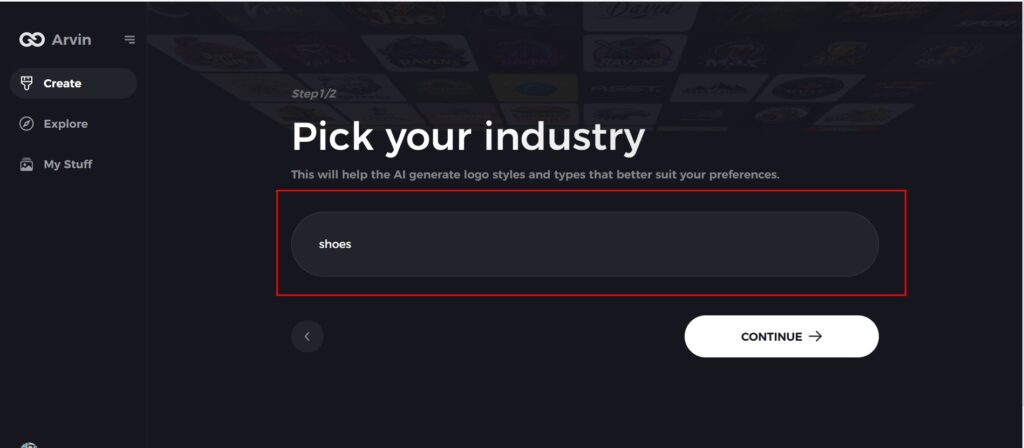
Step 4: Select a Design Theme
Select a design style that you like. You can leave it on “no style” if you haven’t decided yet. It creates some amazing designs for you without any input from you.
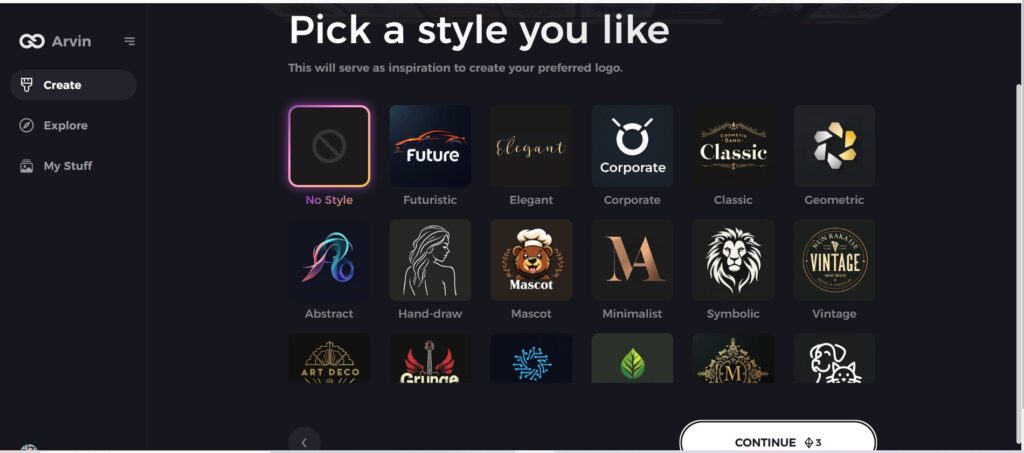
Step 5: View Logo Concepts
Review the logo designs created by Arvin AI. Scroll through the options to find one that resonates with your brand identity.
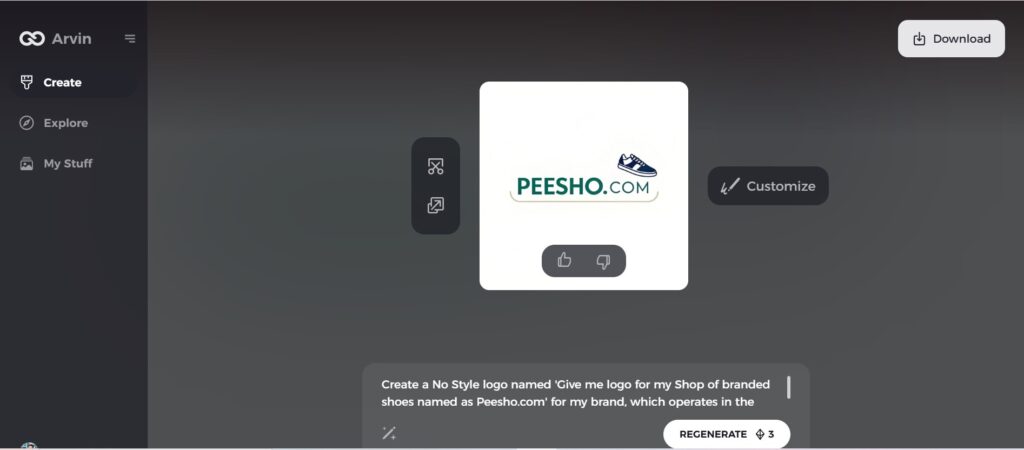
Step 6: Customize Your Logo
Refine the selected logo by tweaking colors, fonts, and icons to align perfectly with your brand’s personality and aesthetics.
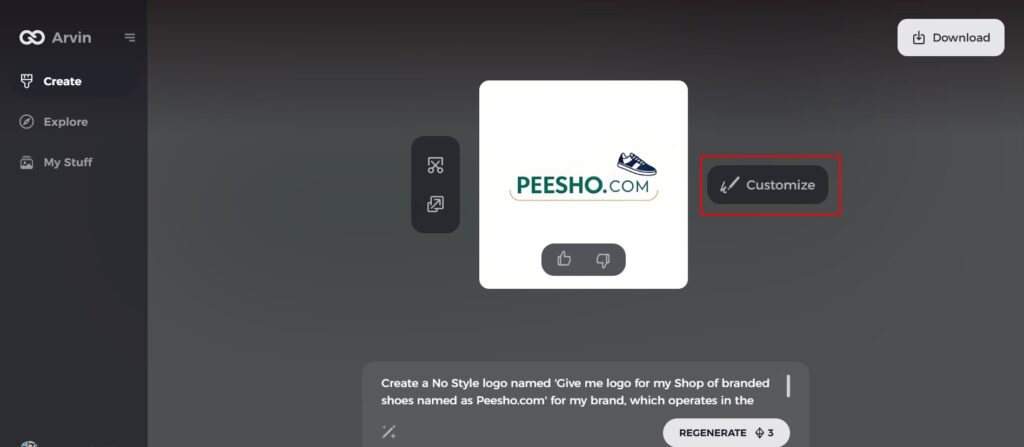
Step 7: Download Your Final Logo
Once satisfied, download your logo in versatile formats like PNG or SVG, ensuring it looks professional across websites, social media, print, and other media platforms.
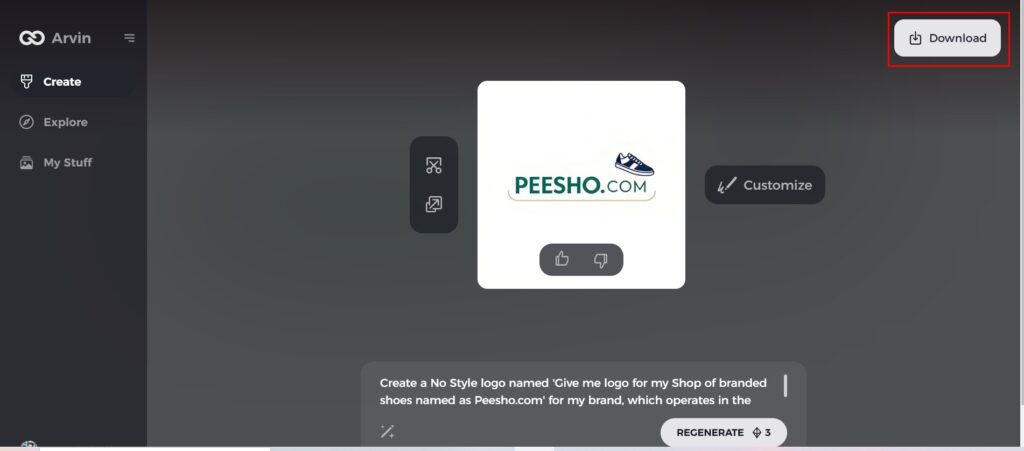
Conclusion
The Wonka logo journey is a wonderful example of branding and design coming from very whimsical beginnings to a modern version. It still symbolizes magic and imagination in the logo. This shows that visual identity which could be a source of building up the brand and at the same time gives emotional value because of consistency in design. Using tools like Arvin AI, as this tool is incredibly helpful for business that may look to design or create their very own logos. Such attributes include logo analysis and editable templates which provide perfect utility for designing any logo.
FAQs about Wonka Logo
Why did Nestlé discontinue Wonka?
In the case of Wonka bars, kids that tried them eventually lost interest as they got older. Nestlé discontinued Wonka bars in 2010 due to poor sales.
Why has the Wonka logo remained iconic over the years?
The cute appeal and the colors have seized the younger generation and the association to Willy Wonka has made the Wonka logo popular and liked by every generation.
Why is the Wonka logo purple?
Look at how Hallmark, the oldest greeting card manufacturer in the U.S., uses purple to indicate luxury while also expressing comfort and empathy. Then consider how the Willy Wonka brand uses purple to convey magic and mystery, while Yahoo’s purple logo balances wisdom with creative fun.
Does Wonka chocolate still exist?
You can no longer buy them in the U.S. According to the Wall Street Journal’s article, “There’s a New ‘Wonka’ in Theaters, But No Chocolate Wonka Bars in Stores”.

